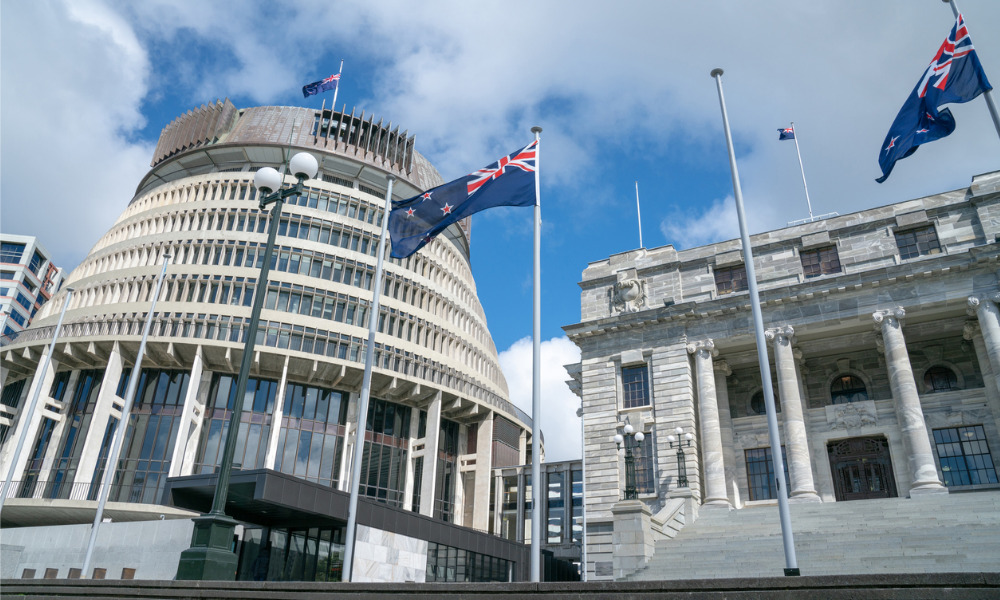
'What's the enemy we’ve got now? It's not COVID-19,’ says Deputy Prime Minister Peters

New Zealand will consider moving to Alert Level 1 in its coronavirus response plan no later than 22 June, Prime Minister Jacinda Ardern announced this week. The country will spend four more weeks at Level 2, a climate in which all businesses are allowed to operate “if they can do so safely”.
But while Ardern has been taking steps towards loosening COVID-19 lockdown measures gradually, Deputy Prime Minister Winston Peters believes New Zealand has been “too cautious for too long” – he wants restrictions to be eased further to Level 1 immediately.
“What’s the enemy we’ve got now? It’s not COVID-19,” Peters shared with Newstalk ZB. He believes it’s the failure to restart the economy “as fast as possible”.
READ MORE: Alert Level 2 – starting the 'new normal'
But the consensus view, Ardern said, has been to remain at Level 2 while officials continue to examine closely how to ease back into some semblance of normalcy.
“Ultimately, though, we’ve made a balanced decision, one that weighs up our desire to open up the economy, but also not to risk going backwards,” she said.
But is this slow-and-steady approach benefitting businesses?
The government is scheduled to review life at Level 2 every two weeks. In terms of slowing down the outbreak, the country so far hasn’t seen any new cases of COVID-19. In terms of economic recovery, however, Peters believes: “Every day, every hour, every week we delay – we put back our recovery.”
A week after New Zealand had stepped down from Level 3 to its current status, Ardern clarified the country does not have to “move a full level in order to wind down restrictions”.
“As we progress through Level 2, we plan to regularly adjust our settings to allow more activity when the data says it’s safe,” Ardern said at the time.
“It’s important we get New Zealand moving as fast as we can to limit the economic impact, which is why we are taking this nimble approach and making incremental adjustments,” she said.
READ MORE: What are workers' safety expectations during COVID-19?
Level 2 guidelines are more inclusive: even the hardest-hit sectors of retail and hospitality are now permitted to operate following established health and safety protocols, such as social distancing and limiting the number of people allowed in premises such as restaurants.
“In summary, Alert Level 2 is still about ‘playing it safe,’” advised Sarah-Lee Stead and Richard Monigatti of Dentons Kensington Swan.
“Alert Level 2 sees a reduction in restrictions, including the removal of bubbles and reopening of most businesses including malls, schools and hair salons. However, measures are still in place to track and stop any new transmission and stamp out any COVID-19 outbreaks,” the employment law specialists shared with HRD.
“Before reopening, businesses must have effective control plans in place to ensure that the risk of transmission is minimised and measures are in place to keep workers, customers and the wider public safe including undertaking an appropriate risk assessment,” they said.
Stay safe, stay up to date, stay compliant and receive essential legal insights. Join us at HRD’s Employment Law Masterclass on 17 and 18 June.